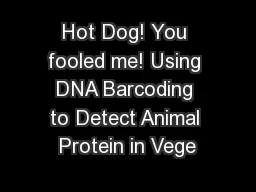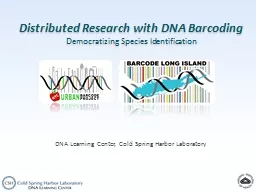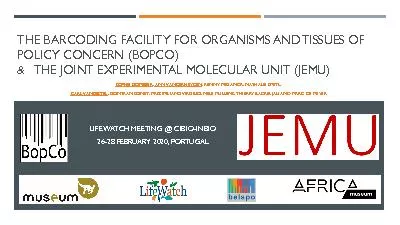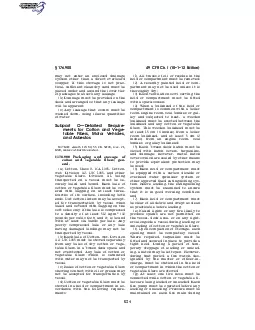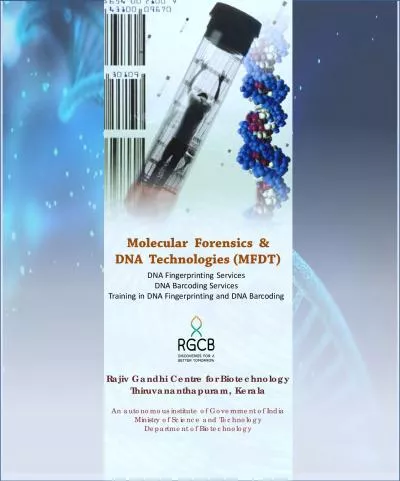PPT-Hot Dog! You fooled me! Using DNA Barcoding to Detect Animal Protein in Vege
Author : yoshiko-marsland | Published Date : 2018-03-11
Friends Seminary New York Authors Ginger Atwood and Juliette Lilly Mentor Vanaja Zacharopolous PhD Abstract The problem of food adultery or the mislabeling of
Presentation Embed Code
Download Presentation
Download Presentation The PPT/PDF document "Hot Dog! You fooled me! Using DNA Barcod..." is the property of its rightful owner. Permission is granted to download and print the materials on this website for personal, non-commercial use only, and to display it on your personal computer provided you do not modify the materials and that you retain all copyright notices contained in the materials. By downloading content from our website, you accept the terms of this agreement.
Hot Dog! You fooled me! Using DNA Barcoding to Detect Animal Protein in Vege: Transcript
Download Rules Of Document
"Hot Dog! You fooled me! Using DNA Barcoding to Detect Animal Protein in Vege"The content belongs to its owner. You may download and print it for personal use, without modification, and keep all copyright notices. By downloading, you agree to these terms.
Related Documents

